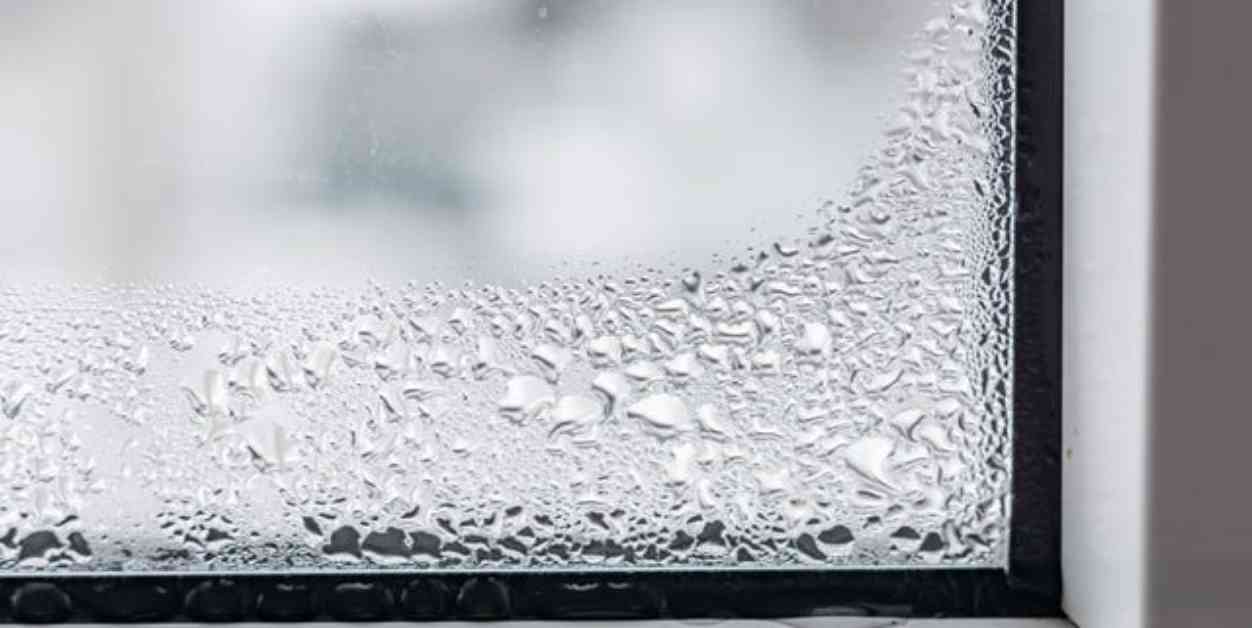Condensation on windows is a common issue, particularly during the autumn and winter months. It often occurs on the interior of windows when warm, humid air comes into contact with cool glass. This excess moisture in the air can lead to dangerous moulds and mildew, which can damage furniture, wallpaper, paintwork, floors, and brickwork. The best way to prevent condensation on windows is to reduce the humidity inside your home. This can be done by using home ventilation, such as opening windows in the morning to help prevent condensation problems.
Experts recommend keeping indoor humidity levels between 40-60% to create the most efficient working conditions for your health. You can also use dehumidifiers in areas with high damp levels, such as basements or laundry rooms. Additionally, it is important to avoid activities that increase moisture in the air, such as hanging wet clothes inside the house or taking long, hot baths without proper ventilation.
Window insulation film can also help limit or prevent condensation on windows by creating a still air layer around the glass. This extra layer of glazing restricts convective air flow onto the inside glass surface, reducing the risk of mould and mildew build-up. Dehumidifiers are another effective solution for stopping condensation on windows, as they help control moisture levels in problem areas. Running a cooling fan while the dehumidifier is on can help circulate the moisture in the air, allowing the dehumidifier to absorb it more efficiently.
Improving your home’s insulation is also key to reducing condensation on windows. Insulating your home better will make it less likely for condensation to build up on windows. Faulty seals on window and door frames can allow too much outside moisture in, so using draught excluder tape for windows or fabric draught excluders for doors can help prevent condensation issues. By following these tips and solutions, you can effectively prevent window condensation and protect your home from damage caused by excess moisture in the air.












